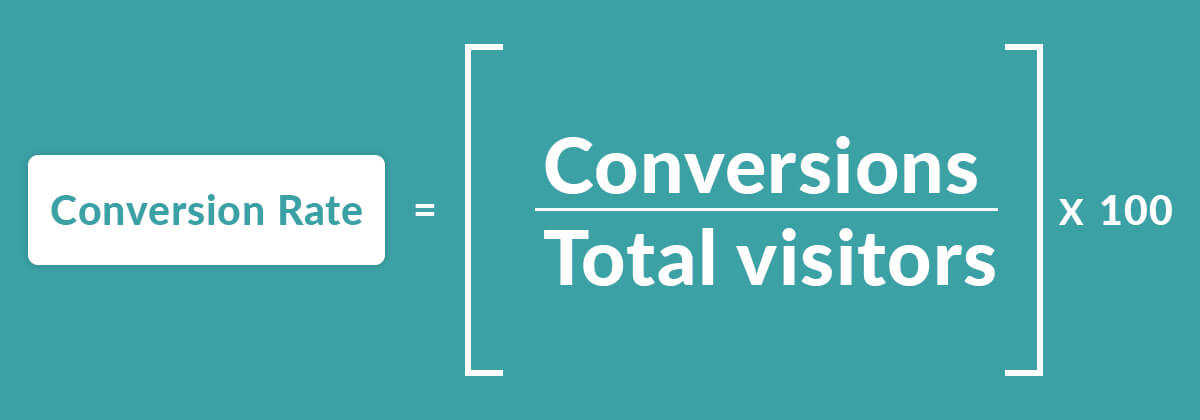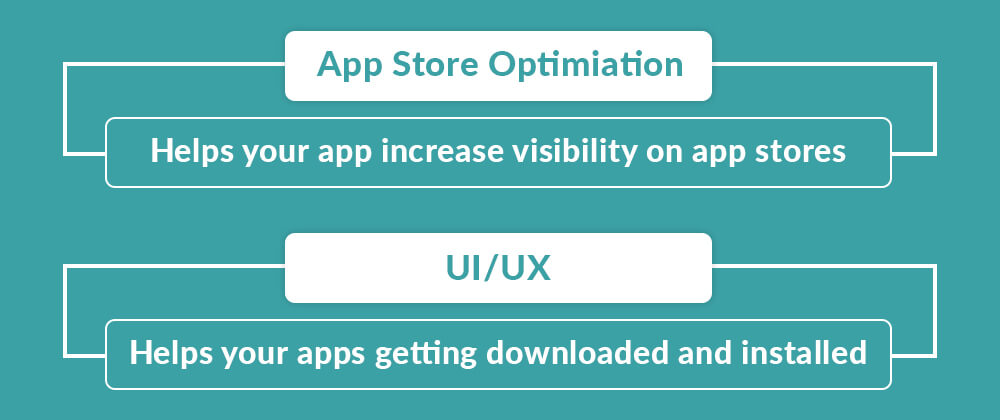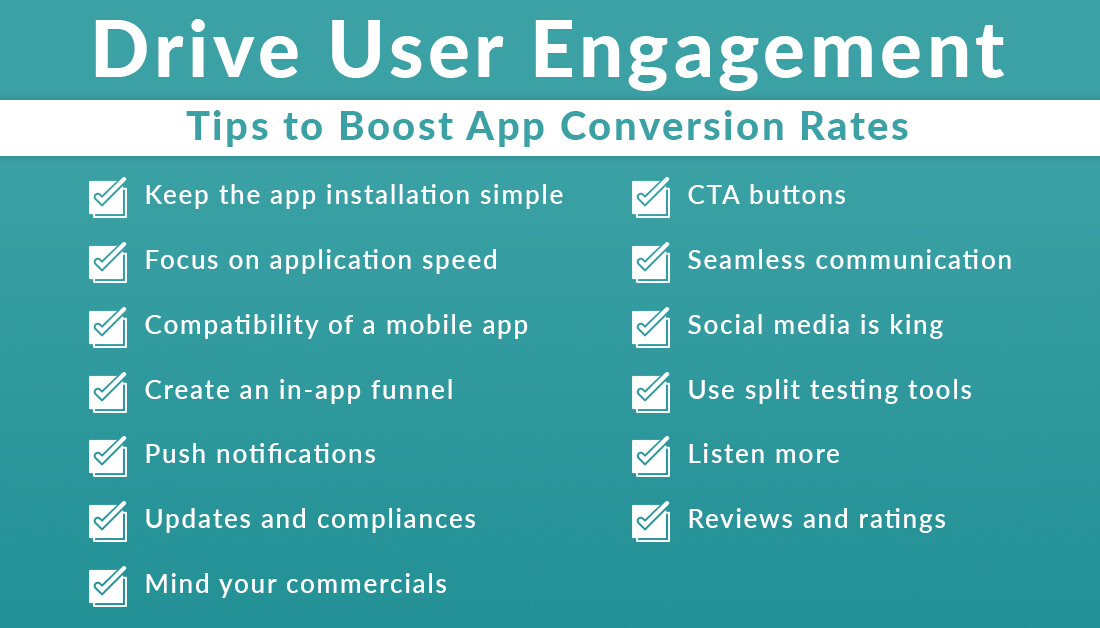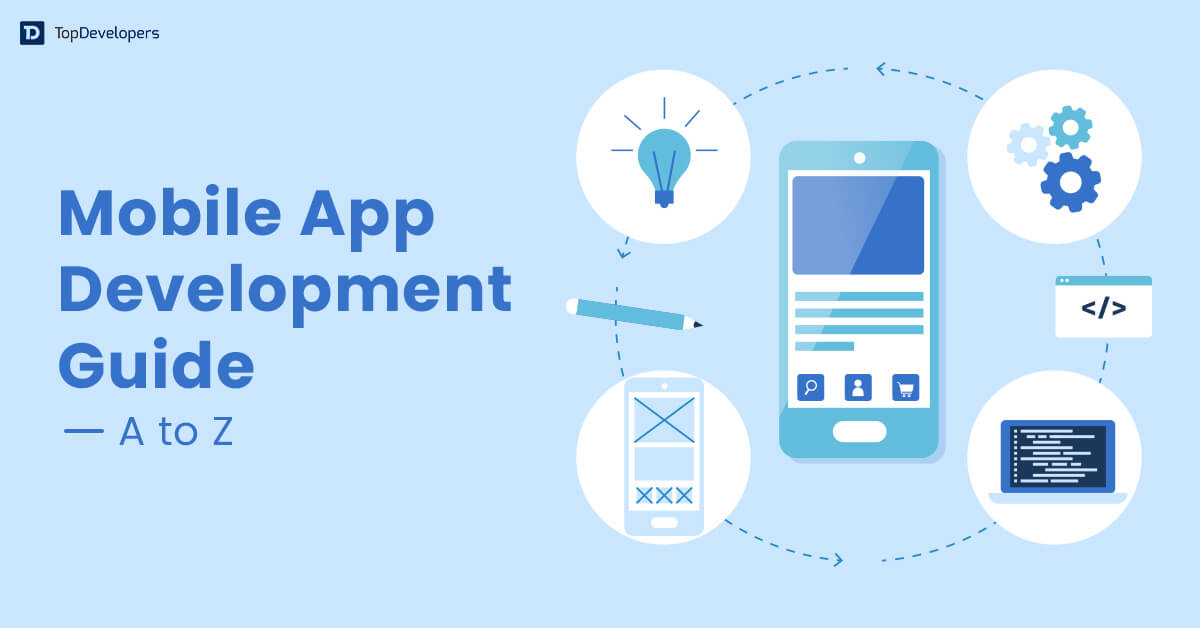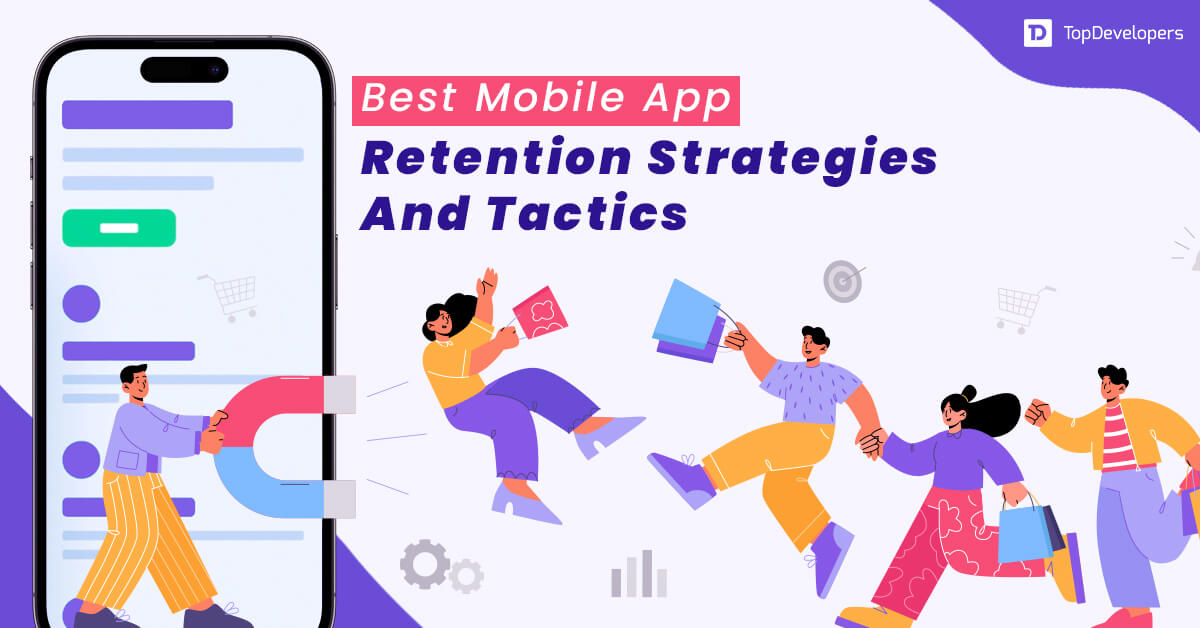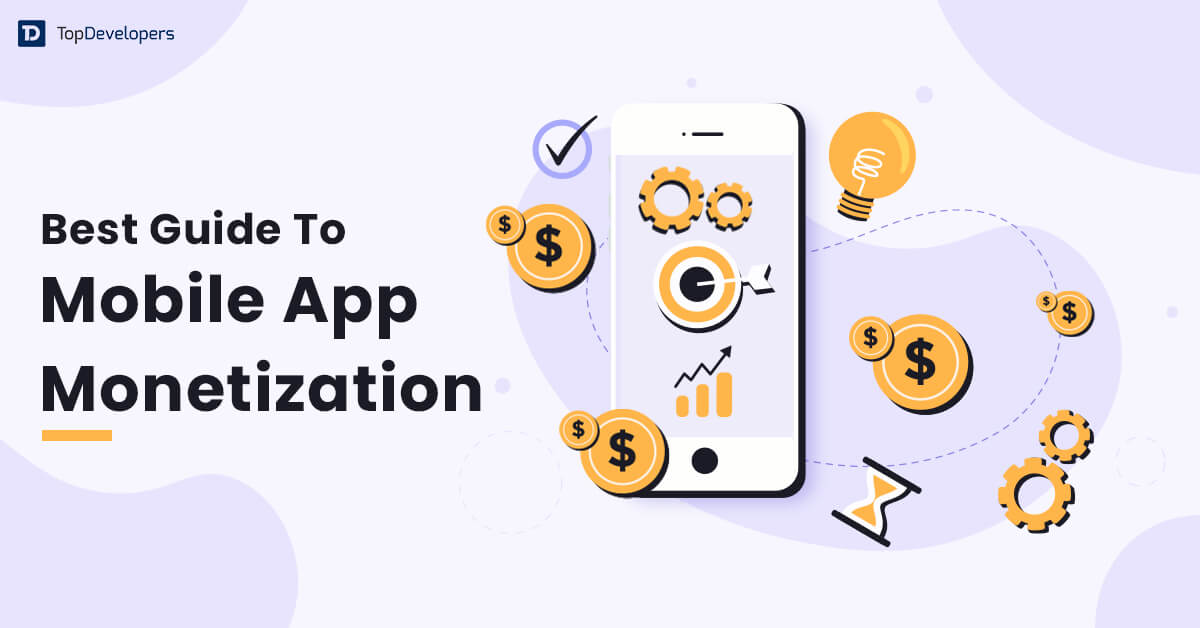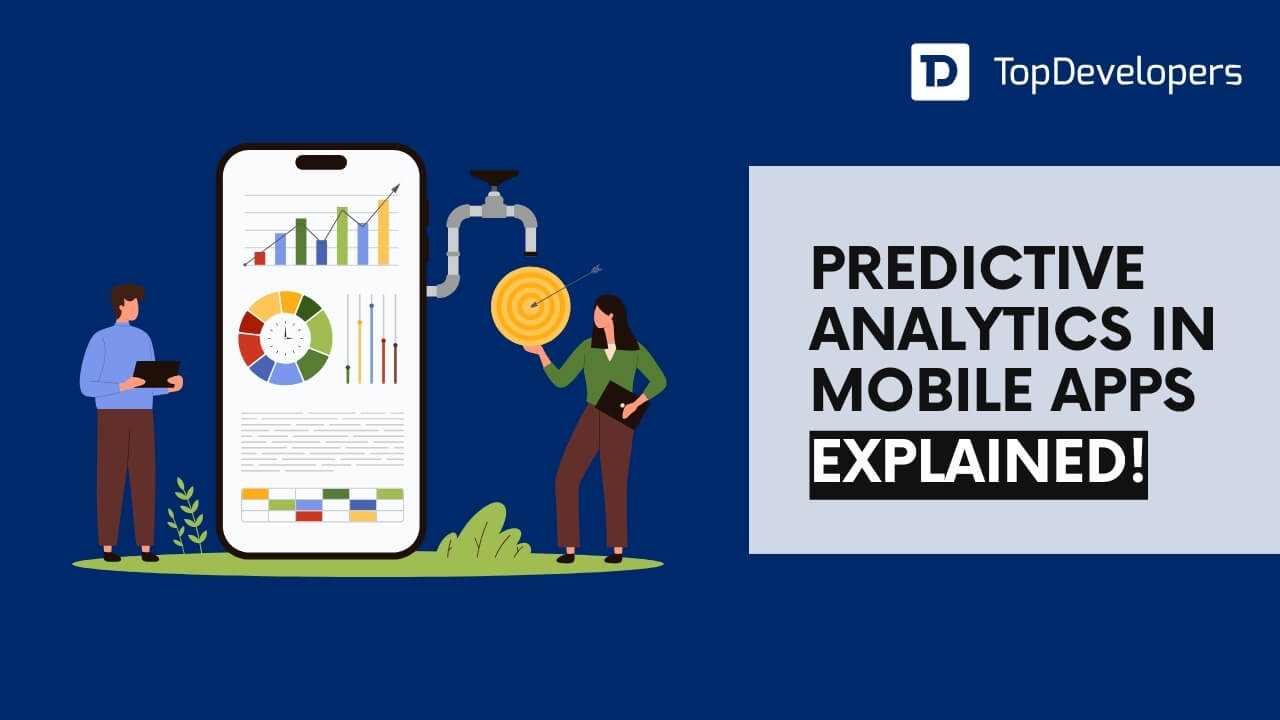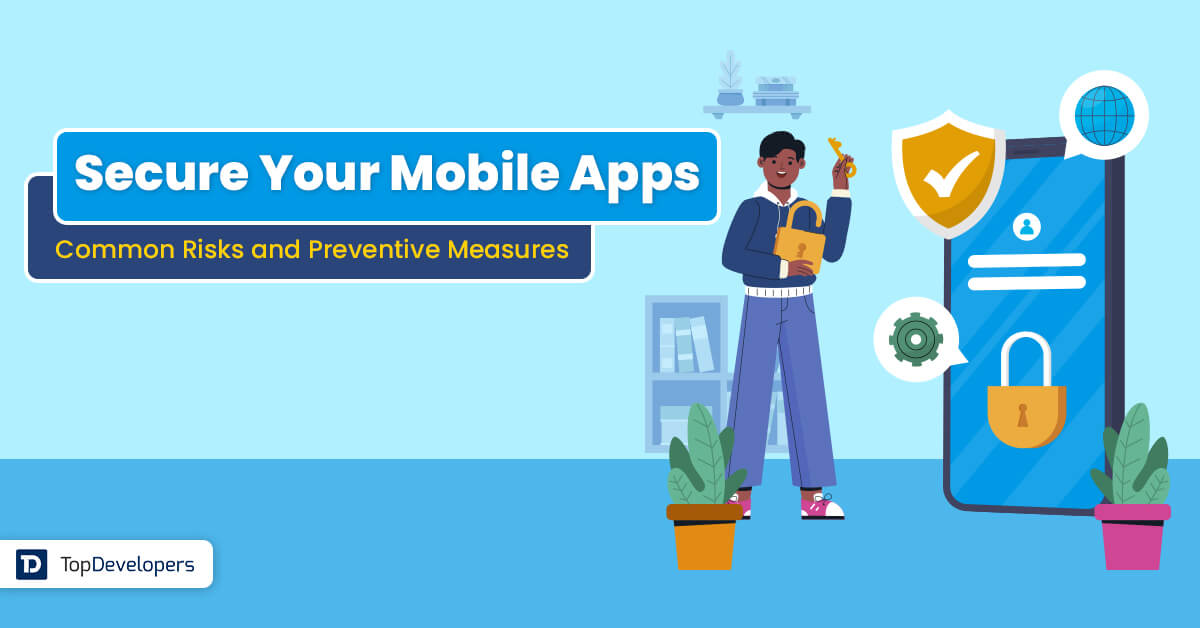
Before we delve into the mobile app conversion rate definition and tips to increase it, let us check some impressive figures. Mobile devices produced nearly 50% of the total Internet traffic in the US in 2021; furthermore, mobile traffic stands as the highest web traffic contributor all across the world.
The stunning facts don’t stop here.
More than 255 billion applications were downloaded in 2022 (and the number might have grown much by now) from app stores or app marketplaces. With global consumer spending on mobile applications, as reported on the same page, reaching close to a whopping figure of $170 billion, the average consumer spend on mobile apps in Q1 2023 was reported to be just under $5 which is indeed an impressive figure.
What does this all suggest?
It suggests that mobile apps are the biggest driving force today that keeps the global economy alive and kicking.
But what’s the biggest fear?
The biggest concern is whether your mobile application, built for any business purpose, stands out from the crowd, or lies in some dark corner, unnoticed and untouched. Deeper, whether your application stays on a user’s mobile phone or gets uninstalled within a few days or even hours after being downloaded.
The answer is that you must improve your mobile app conversion rate to get noticed and entice users who are billions in number worldwide. If your mobile application clicks and catches users’ eyeballs, that is all! You don’t need to worry about revenue generation because it will then start automated cash flow without much hassle.
Here, in this short guide on tips to boost your mobile app conversion rate.
First, we shall discuss two best practices and factors that affect your app positively in detail: app store optimization and UI/UX design of your app. We will then discuss other tips briefly.
Table of Contents
What is the Mobile Conversion Rate?
Simply put, it’s basically how many people who download your app actually end up doing what you want them to do. For instance, if you have a game app, how many people buy the premium version or the in-app purchases? Or if you have a shopping app, how many people actually buy something from it? The higher the conversion rate, the better.
How do you Track Down Mobile App Conversion?
You need to track how many people download your app, how many of them open it, and how many of them take the action you want them to take. The actions could be: purchasing your product, signing up for a newsletter, or paying for subscriptions. The conversion rate is the percentage of users who complete the desired action out of the total number of users who opened the app.
Mobile App Conversion Calculation Formula
You can apply a simple formula to calculate your conversion rate for mobile applications.
Conversion rates are calculated in percentages, and to have this, you need to consider the number of conversions divided by the total number of visitors. Here, the conversions are the installations or mobile app purchases. Whatever you get, multiply it by 100.
Example:
Conversion Rate = (Conversions/Total visitors) X 100.
Say, if 100 users downloaded your app and 10 purchased a product/service, your conversion rate is 10%.
What is an Ideal Mobile App Conversion Rate?
There is no perfect figure for an ideal conversion rate for mobile apps; nevertheless, experts suggest that anything between 1% to 3% can be considered a standard conversion for a mobile application of any kind.
Tips to Enhance Your App Conversion
Simply following the steps mentioned below can make your mobile applications attractive in terms of design, content, and usability. As a result, you would see a marked increase in conversion ratio across mobile app platforms.
Optimize Your Mobile App on the App Store
Your mobile app store listing is the first impression that potential users have of your application. It is essential to optimize it using clear yet catchy descriptions, HD pictures, and tutorial videos that showcase the value and features of the product to improve the mobile app download conversion rate.
Here are some tips to help you create an effective app store listing:
- Put a concise and compelling application title that includes the main keyword and conveys your app’s unique selling proposition.
- Write a short and engaging app subtitle summarizing the app’s primary benefits and differentiating it from peers.
- Use bullet points to highlight the best features and facilities of the app in the mobile app description. It is important to use clear and simple language that appeals to the end users and addresses their concerns.
- Include HD screenshots that demonstrate how the application works and what it looks like. Using captions to explain the benefits of every screenshot and how it addresses a user’s concern is important.
- Including a video tutorial that demonstrates the mobile app in action can capture the attention of potential users. Using a catchy soundtrack, voice-over, or text overlay can convey the app’s value proposition and Call to Action (CTA).
- AB testing of more than one version of your app store listing elements can help you understand the platform that performs better in terms of conversion, retention, and revenue. You can also use analytics tool that measures and optimizes your app store optimization (ASO) strategies.
Mobile App Design is the Deciding Factor
Designing is not just about aesthetics, but also about app functionality and usability. According to mobile app UX best practices, a well-designed application can attract more users, retain them, and convince them to take the desired action. Let us explore how UI/UX design can influence the conversion rate of a mobile app, and what are some best practices to follow.
Designing of a mobile app can affect the conversion rate in several ways, such as:
- Creating an intuitive and clear user interface (UI) guiding the user through the app to reduces complexity and confusion.
- Providing a coherent and unswerving user experience (UX) matching the user’s prospects and needs.
- Enhancing the visual appeal and credibility of the mobile application by using proper shades, fonts, images, and animation.
- Incorporating persuasive elements such as testimonials, social proof, ratings, reviews, and incentives to encourage the user to take action.
- Optimizing the app for different devices, platforms, and screen sizes ensuring a responsive and smooth performance.
With the best UI/UX designers at the helm, you can boost the conversion rate.
Professional mobile app designers have a refined way to create a foolproof roadmap for your app.
They indulge in these best mobile app design practices to make your app visually stunning:
- Perform UX research and test to understand the end users, their pain areas, preferences, and behavior patterns.
- Clarify the value proposition and the main objective of the app to communicate them clearly and accurately to the customers.
- Use simple and familiar language, images, and gestures that the user can easily understand and relate to.
- Minimize the number of steps and inputs as much as possible to perform a task or a transaction.
- Use contrast, alignment, hierarchy, and whitespaces to beautify a visual structure and hierarchy. This draws the attention of the users to the essential elements and helps them to take action.
- Use color psychology and emotional UI/UX principles to conjure positive emotions and cooperation in the user.
- Test and iterate the UI based on data and feedback to measure the impact on the mobile app conversion rate.
Mobile app designing is not only a creative process, but also a strategic one. You can get the best app design companies that follow industry-standard design principles and practices to create an app that can deliver value to your users and your business.
Quick Tips to Increase Mobile App Conversion Rate on App Stores
Now that you know two primary factors that decide your mobile app’s popularity i.e., App Store Optimization (ASO) and Mobile App Design, here are other quick tips to shoot your app’s conversion rate.
Keep the App Installation Simple
Users hate complications, so avoid them. Don’t investigate your users by asking dozens of questions after the mobile app is installed and started to use. Keep sign-up forms easier and provide users with what they want as soon as possible.
Focus on Application Speed
The golden standard time for mobile app loading is under 3 seconds, according to experts. A slow-loading app is the least thing you would have for any app conversion. Follow the best practices for mobile app development to keep the product lite and fasten the app speed.
Compatibility of a Mobile App
Users come from all app stores and platforms and, therefore, you need to provide them with the best user experience by optimizing your app for different stores and platforms. You may go for native iOS app development or Android; alternatively, hybrid or cross-platform app development could be a common solution. Having a multi-platform mobile app will increase the number of users which can lead to increased conversion.
Create An In-App Funnel
Each stage of your app should have analytics to study and improve your application. Keep an eye on what users exactly want and what they dislike about your mobile app. You may run different campaigns to make your funnel stronger. Also, implementing different monetization strategies will help to generate more revenue for your mobile app.
Push Notifications
Thank users for everything they do for your app including downloading, providing feedback, or even using your application regularly; however, don’t flood their inboxes with your thanking messages. Engage and reengage your users with push notifications, timely and calmly. Send them reminders, discounts, and offers by analyzing their previous engagement with your app. This will help to increase your mobile app conversion.
Updates and Compliances
Google Play and Apple App Store keep updating their rules, regulations, and norms for mobile applications. Keep an eye on any such updates and optimize your application periodically. This may keep your apps alive and kicking across app stores. Also, regular mobile app update regarding its features, functionalities, and current trends will help you generate the conversion that you are looking for.
Mind Your Commercials
Users hate irrelevant advertisements and therefore you should carefully place the ads on your product for better mobile app conversions. When you plan mobile app marketing, you should place meaningful commercials at specific places, as the right ad at the right time can generate more leads.
CTA Buttons
Call-to-action buttons are a fundamental tool to convert your user into a potential customer or client. CTA buttons should be designed with the best UI/UX practices and the texts should be placed according to the users’ perspective.
Seamless Communication
Don’t leave your users high and dry once they downloaded and installed your mobile app on their mobile devices. Your mobile app users should not feel left out after the business purpose is achieved. Regular communication through funny and engaging pop-ups and bubble text messages would entice and entertain your users and retain them which will lead to increased mobile app conversion ratio.
Social Media is King
Most powerful tool today, social media platforms can do wonders for your business as they can boost your mobile application conversion ratio by leaps and bounds. Engage users on social media with attractive offers, prizes, and bonanzas for downloading your apps and spreading the good word through their accounts.
Use Split Testing Tools
A/B testing or split testing makes things better for your mobile app optimization. It simply means that you would keep on testing your apps with different features, contexts, icons, descriptions, keywords, and key phrases. A/B testing will help you survey your apps with different dimensions and directions and get you a clear idea of what exactly works for your mobile app conversion rates.
Listen more
Unfortunately, most users don’t complain. They simply leave your product. Here, the product is your mobile application and, therefore, they would simply uninstall it; bringing down your conversion ratio. When you follow all the tips mentioned in this guide, you are assured of providing users with what they want. Once installed, you need to listen to them cautiously. Providing a ‘feedback’ option or button right in the mobile app for any bug, glitch, or unwanted experience will help you rectify the concerns accurately. Keep an option of a clear screenshot of the problem to know the issue better.
Reviews and Ratings
Don’t forget to ask users to rate or review your mobile application because they are the yardstick through which the newer visitors would decide to download your mobile app. Use marketing channels such as social media for user-generated content (UGC) to amplify your product through word-of-mouth publicity.
Keep Up the Good Work
Once your mobile app conversion rate goes high, you need to maintain it with earnest efforts and the best user-engaging practices because your job is not over with good conversion rates, but it actually begins now to maintain the quality and usability of your mobile app for years to come and increase the conversion rate even higher.
 Avantika Shergil
| Jul 31, 2023
Avantika Shergil
| Jul 31, 2023
Avantika Shergil is a technology enthusiast and thought leader with deep expertise in software development and web technologies. With over 8 years of experience analyzing and evaluating cutting-edge digital solutions, Avantika has a knack for demystifying complex tech trends. Her insights into modern programming frameworks, system architecture, and web innovation have empowered businesses to make informed decisions in the ever-evolving tech landscape. Avantika is passionate about bridging the gap between technology and business strategy, helping businesses build customized software and website, and understand about different tools to leverage effectively for their ventures. Explore her work for a unique perspective on the future of digital innovation.
